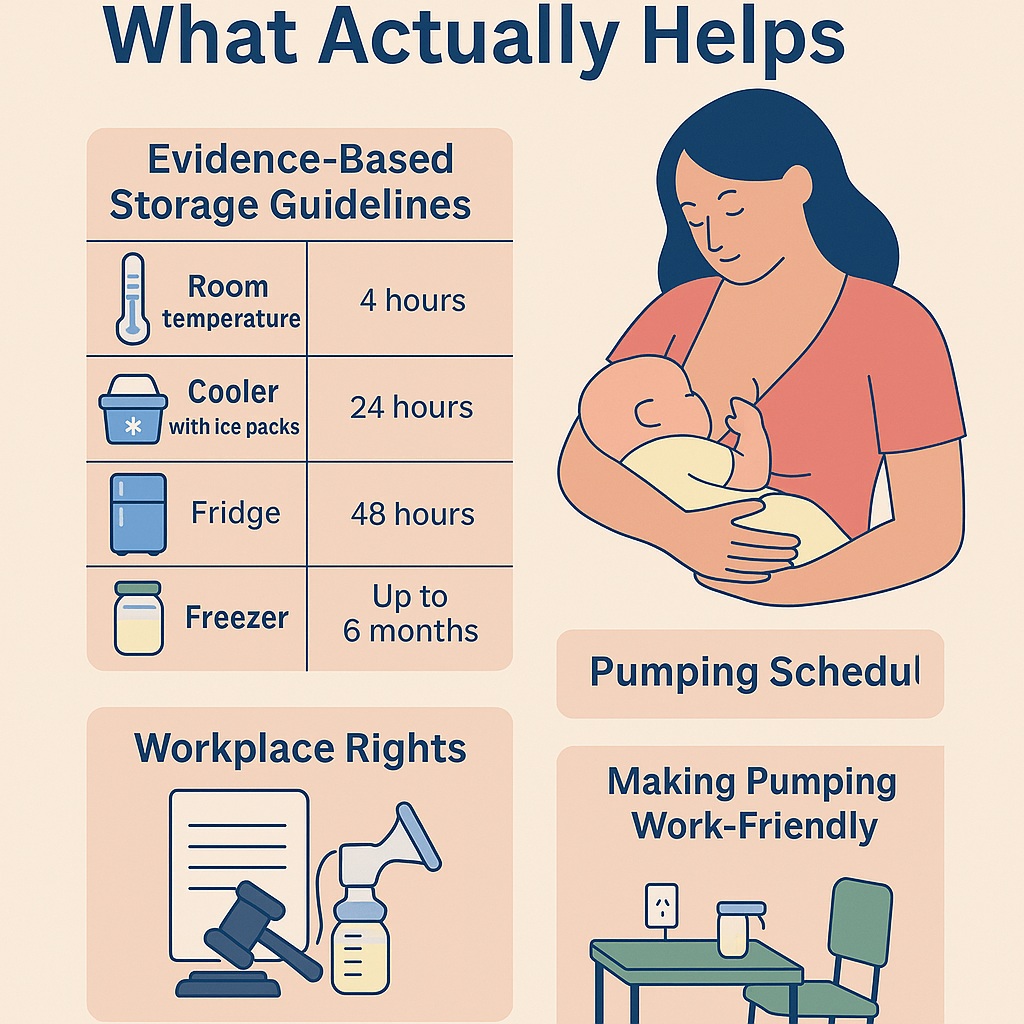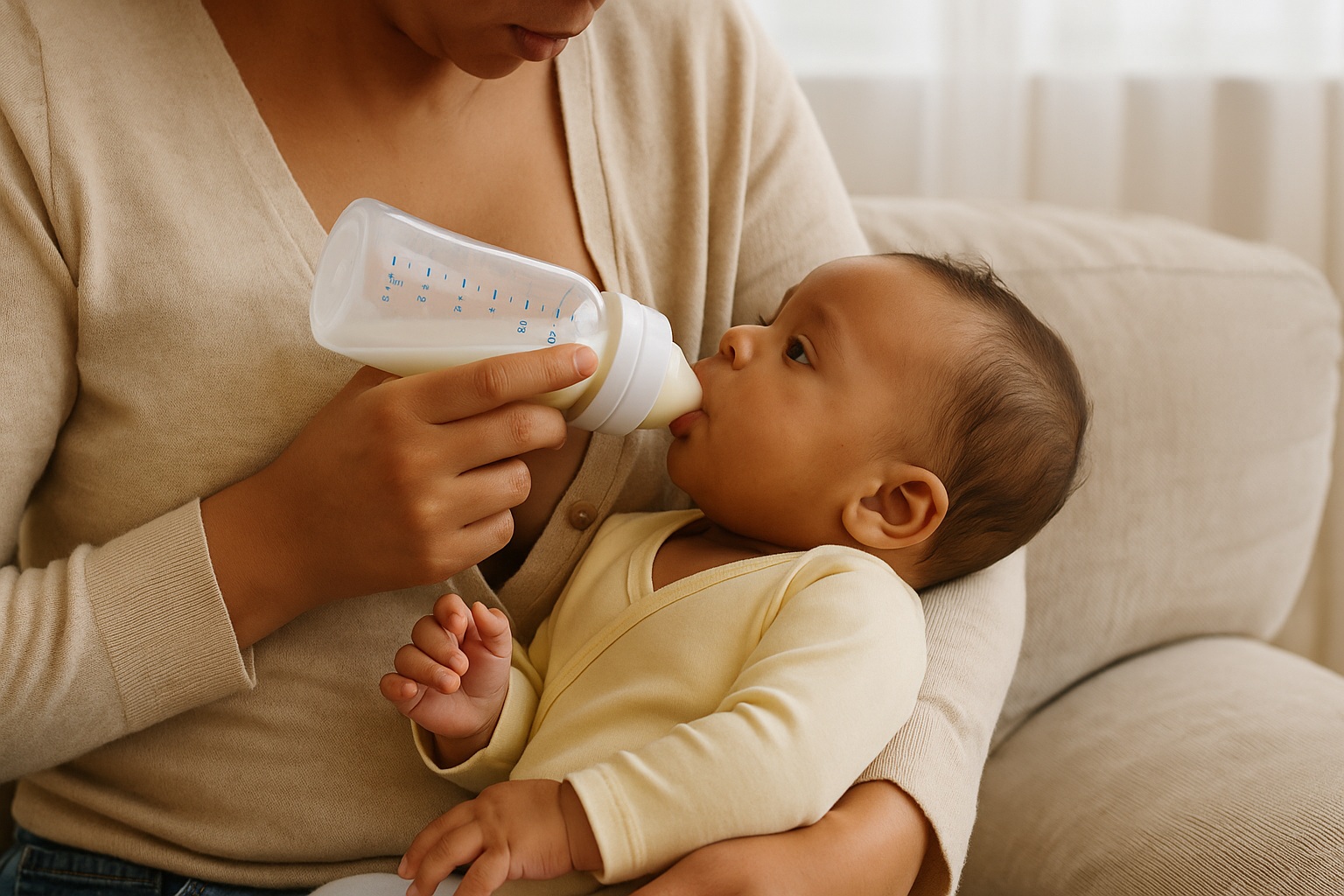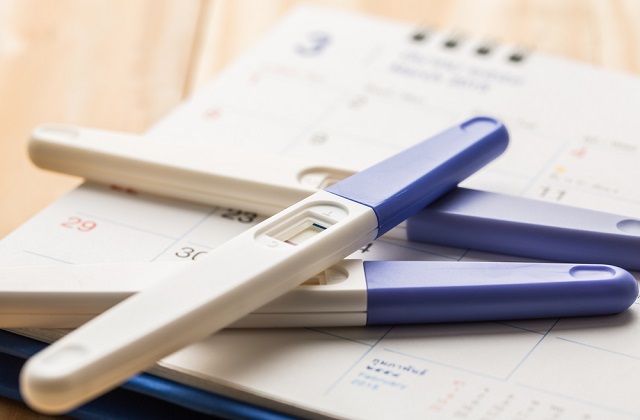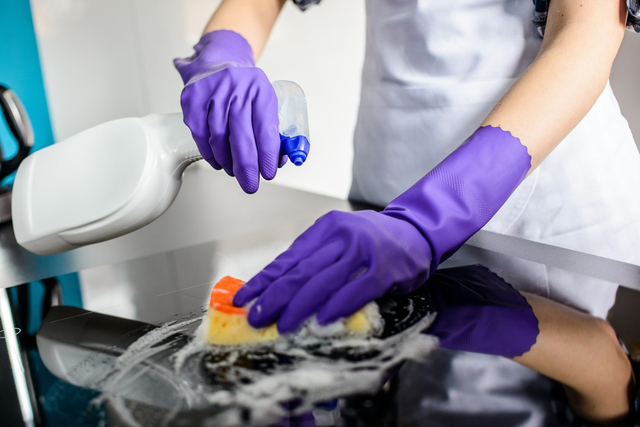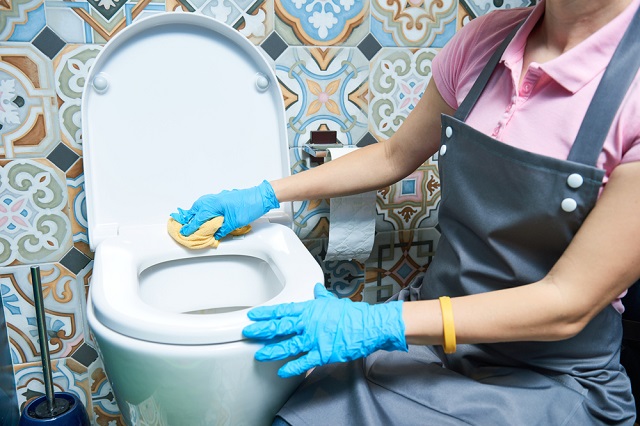Pumping breast milk
When should I pump breast milk?
Breast milk has many advantages over formula milk. For example: breast milk can be more easily digested by baby than the formula milk, so a breastfed baby is less constipated and gassy.
Pumping breast milk help you collect your milk so your baby can have it when you go back to work and at the same time help to maintain your breast milk supply.
Your partner (or another helper) can feed your baby your milk from a bottle, allowing you to get more uninterrupted sleep or take a break from baby care.
Nursing mothers use breast pumps for the following reasons:
- Partner, family members or helpers can help to feed the baby from a bottle when nursing mothers are not around or go back to work. It also helps nursing mothers get more uninterrupted sleep at night.
- Increase breast milk supply. More stimulation is given to the breast, more breast milk will be produced.
- Pumping can help to collect breast milk to feed a premature baby who is not able to latch on to mother’s breast.
- Some babies are unable to latch properly or be fed from the breast due to various reasons.
- Pumping can help to relieve the pain and pressure of engorged breasts. Correct setting of pump will be needed otherwise it can make matters worse.
- When nursing mothers are taking medication that may be harmful to the baby. Pumping breast milk will help nursing mothers maintain breast milk production so that nursing mothers can continue to breastfeed their babies after stopping the medication.
- When nursing mothers are hospitalized for a short time and can't breastfeed throughout the day.
How to pump breast milk?
Most mothers express their milk using an electric or manual pump. For electric pump, some can be powered by batteries which offer some convenience as some nursing rooms in Singapore do not have power points for electric pump.
First, read your breast pump instruction very carefully. You will need to set your breast pump correctly otherwise it can cause pain in the pumping process.
You will need to find a quiet and comfortable place to sit. If you need to pump breast milk when you go out, you can check our nursing room directory first to make sure there is a nursing room in the area where you will visit.
Bring a drink and a snack if conditions permit you to do so. This can help you to relax during pumping.
Plug in your pump or make sure it has working batteries. It should be noted that some nursing rooms in Singapore do not have a power point for you to plug in your pump.
Before you assemble the pump kit, wash your hands with soap and water.
Follow the instruction on the manual to assemble the pump kit.
Turn your pump on. Starting with a high speed and a low suction until you see milk flow (let-down), you may need to adjust speed to medium and increase suction based on comfort level.
How long to pump for each session?
If you are using electric pump, you may need to spend about 10 to 15 minutes for each breast. From birth to day 4 after birth, try to pump for at least 10 to 20 minutes for each breast. After day 4, you may need to increase the duration until full milk production.
If you are using a manual pump, you may need to spend about 20 to 25 minutes on each breast.
How much to pump for each session?
Amount of milk you should expect to pump will depend on factors which include your baby’s age, time in a day, time lapse since last feeding or pumping and your emotional state. If you are relaxed, you can expect to pump more.
From birth to day 4 after birth, your breasts produce colostrums in small quantities from a few drops to up to 30ml for each pumping session.
How often to use pump?
Frequency of using pump will depend on whether you are primarily breastfeeding or exclusively pumping.
(a) If you are primarily breastfeeding:
It is suggested that you pump in the morning. Many mothers have reported that they get the most milk in the morning.
Try to pump at least one hour before breastfeeding. This will give your body sufficient time to produce enough milk for your baby for next feeding.
While at work, try to pump once in every 2 to 3 hours.
(b) If you are exclusively pumping:
First, try to pump within one to six hours of birth delivery for first pumping.
In general, try to pump 8-10 times in a day. This is the number of times that a baby needs to be fed in a day.
Typically, a nursing mother will be able to produce 750ml to 1000ml of breast milk in a day when reaching full milk production.
Once you have reached full milk production, try to follow the schedule that helps you to produce that amount of breast milk.
How to store the breast milk?
You must use sterilized bottles or bags to store the breast milk.
You should label the date, the time of collection of the breast milk as this information will help you to decide which bottle or bag to use for feeding when you have collected a few bottles or bags of breast milk.
How long the breast milk can be kept?
This will depend on where you keep the breast milk, detailed guideline can be seen below.
| Location | Temperature | Duration |
| Room Temperature | 25oC | 4 Hours |
| Refrigerator | 4oC | 48 Hours |
| Separate Door Freezer | -5oC to -15oC | 3 to 6 months |
Never refreeze the breast milk that has been thawed.
Transportation of the breast milk
This will become unavoidable when you go back to work after your maternity leave. Try to carry the bottles or bags of expressed breast milk in a cooler box with ice packs. Once you reach home, transfer the bottles or bags into the refrigerator or freezer immediately.
How to thaw frozen breast milk?
If you need the milk in a hurry, allow the frozen milk in a bag or bottle to stand in a bowl of warm water for 10 minutes.
Ideally, you should choose to thaw the milk first in the refrigerator before warming it using warming water.
Shake the milk bottle well before feeding.
Do not boil the milk or warm it in the microwave oven even you need the milk immediately.
Excess milk left in the milk bottle after a feed should be discarded. Never re-freeze the milk that has been thawed.
It takes a village to raise a child !
Join our WhatsApp Parenting Chat Groups By Area in Singapore.


